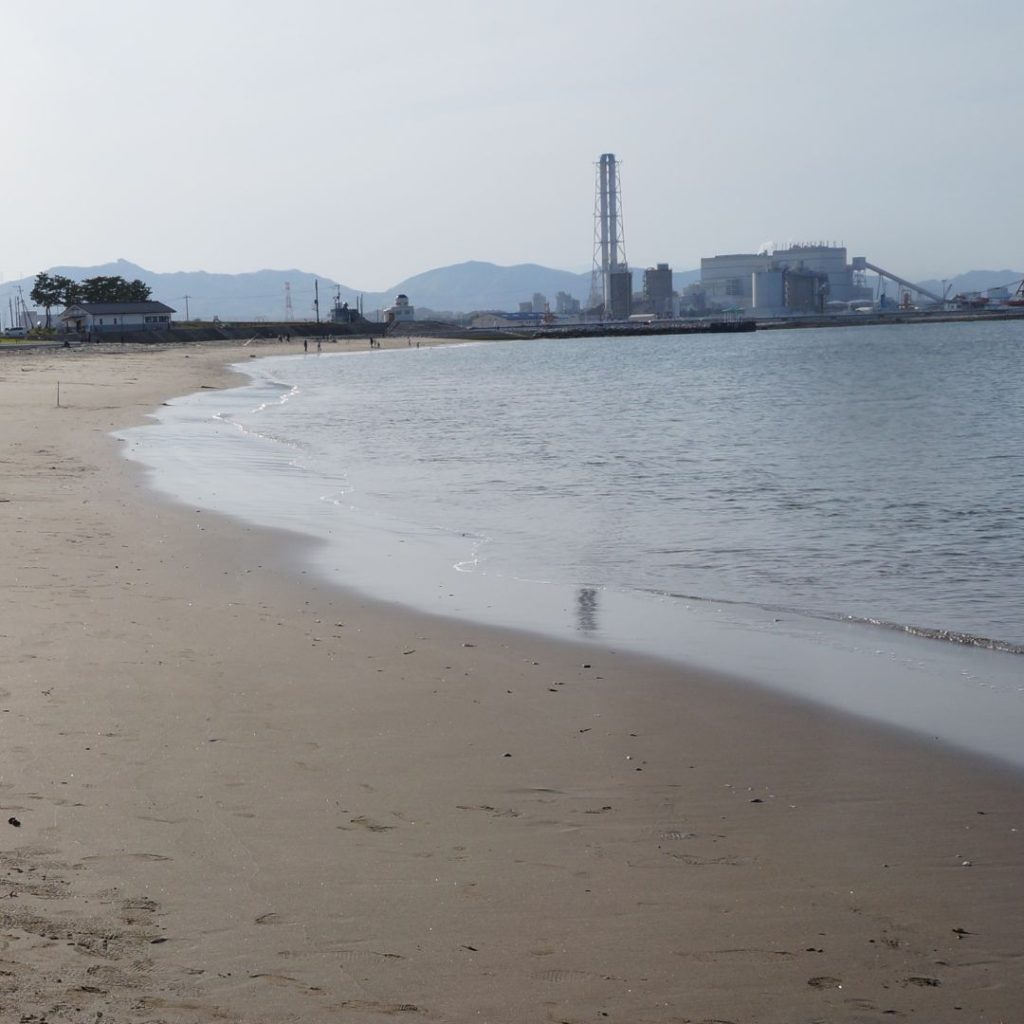New wind power record before Fukushima anniversary

The reactor disaster in Fukushima occurred on March 11, 2011. Today, 13 years later, Japan is still busy with the clean-up work. Fuel elements still need to be cooled. More than one million cubic meters of radioactive water is stored in more than 1,000 containers on site. 100 cubic meters are added every day. Since August 2023, the operating company has begun discharging radioactive water into the sea.
This discharge is intended to last for the next 30 years and improve the radioactive radiation situation in Fukushima. The total costs of the nuclear accident is estimated by the Japanese government at 223 billion US dollars, while independent estimates put the cost to taxpayers at over 719 billion US dollars. Still more than 27,000 people are still unable to return to their homes due to the nuclear disaster.
"Healthy and safe power generation clearly looks different," comments Stefan Moidl, Managing Director of IG Windkraft: "I am therefore delighted that we can announce another wind power record on the anniversary of the reactor disaster in Fukushima."
Wind power record on March 10
Yesterday, 70.12 GWh of wind power was generated in Austria, more electricity than with any other technology. At 58.9%, the share of wind power in electricity consumption has never been as high as it was yesterday, Sunday. "Once again, wind power is showing what it is capable of," says Moidl happily: "The potential is enormous, but the framework conditions in the federal provinces are still making it difficult to tap into this treasure for Austria."
Weekend of wind and consent
Yesterday, not only did wind power generation account for almost two thirds of electricity consumption, but the votes in the Waidhofen district also showed that two thirds of the municipalities surveyed voted in favor of wind power. Support for wind power is very high in Austria. It is interesting to note that several surveys have shown that the population sees itself as being in favor of wind power, but believes that others are against it. Around 80 percent of Austrians are in favor of wind power expansion, including in the Waldviertel (76 percent), and only 6 percent oppose it. However, only 46% believe that their own neighbors have a positive attitude towards wind power, while 27% or a good quarter think that their neighbors oppose wind power, although this is usually not the case. "Approval of wind power in Austria is extremely high and we shouldn't be fooled by a few loud, negative voices," explains Moidl.
Domestic value creation and securing the business location
For every wind power plant erected in Austria, 30 domestic jobs are needed for its construction. This creates an additional two permanent jobs. The domestic added value for the construction of a wind turbine is 4.5 million euros. A further EUR 7.5 million will be added over the next 20 years for operation and maintenance. The domestic added value thus clearly exceeds the investment volume of EUR 10 million. In addition, the supply of electricity from renewable energy is an important basic requirement for securing the business location. "Renewables, especially wind power and photovoltaics, are the life insurance for the domestic economy and the guarantee for an affordable power supply for the population," says Moidl.
- Survey on the acceptance of wind power and climate protection in Lower Austria (Jaksch&Partner)
- Study on the acceptance of wind energy (Nina Hampl, Robert Sposato, Veronika Dworzak, & Nina Schneider - Alpen-Adria University Klagenfurt)
Saving the climate with nuclear power?
Videos and texts on nuclear power are currently spreading on YouTube and other channels as a means of achieving our climate targets. However, the facts are clear: to mark the Fukushima anniversary, GLOBAL 2000 and Friends of the Earth Japan are publishing a translated version of the fact-check video "Climate vs. nuclear: saving the climate with nuclear power?", which has already reached 125,000 people in German.
Based on data from the International Energy Agency and the World Nuclear Industry Status Report, the fact check paints a factual picture of the costs of nuclear power, the long periods of time it takes to build nuclear reactors and the increasingly unreliable power supply from nuclear power plants, which are affected by ageing as well as the decreasing amount of cooling water due to the climate crisis, especially in summer.
"Fighting the climate crisis with nuclear power is like trying to curb world hunger with caviar: extremely expensive, unsustainable - and very unreliable," says Dr. Reinhard Uhrig, anti-nuclear spokesperson for GLOBAL 2000. "Modern renewable energies such as wind power and solar are not only up to two and a half times cheaper, but also much more readily available and can therefore make a real contribution to curbing the climate crisis."
Link Fact check video (German): https://www.youtube.com/watch?v=8tx-ByLnWkQ
Link Fact check video (English with Japanese subtitles): https://www.youtube.com/watch?v=xXX_3axU0Nw
Background information: www.global2000.at/atomkraft-gegen-klimawandel






